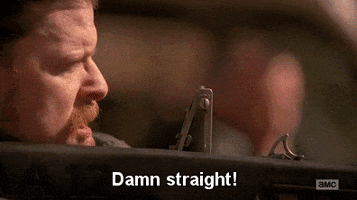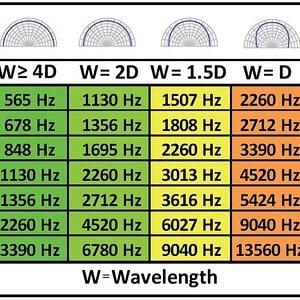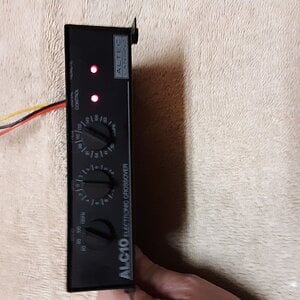Could be the cable. That knob is essentially a volume boost. Could be it requires a 6-point contact RJ11 instead of a 4 [in. The main difference between RJ11 vs. RJ45 connectors is
the size and the number of wires they are used to carry. Registered Jack-11 has 6 pins, but typically only 4 of them are used. Due to their size, they are most commonly used for telephone, fax machines, and low-speed networking applications.
If that fails to work could use one of these inline which will require the use of an additional RCA cable. It's thick plastic but I've purchased one and the potentiometer knob is nice.
Amazon product ASIN B0795C68CV
When using filters, keep this in mind. the high or the low is what is "passing". A low pass filter allows a low frequency to pass, a high pass, highs to pass, etc. A subsonic filter is actually a high pass filter for the low end of the frequencies output from the amp, it only allows higher (than) frequencies to pass, in this case, anything above 20-40Hz which prevents anything lower than the frequency selected to pass. The settings take into account two things, the subwoofer frequency response both high and low relative to the other speakers' settings in the group. Most car speakers don't play down below 60hz effectively. Subs frequency filters are set to take care of the frequencies that the mains do not handle. In most cases, there is a slight, desirable overlap in the 70-100 hz area. The THX settings usually call for (and which is generally accepted in car audio too) 80Hz as the top frequency output for the subs, so try setting the amp to between 80-100hz, listen to it on a couple of tracks, different music genres, decide what sounds best, art, not science here. I don't know what your subs play down to and that decides what to set the subsonic filter at. 20 to 30hz is the norm, start there and give it a listen.
As for the BASS boost, that is a level adjustment for a specific or fixed band of frequencies. On this amp, it is 45hz, specifically. Control info from the Jensen manual:
BASS EQ (boost)
The Bass EQ is continuously adjustable from 0 to +12dB @ 45Hz. Adjusting
the Bass Boost level allows different subwoofer/enclosure combinations to be
equalized. Use this control to increase the level of low bass available from your
subwoofer/enclosure combination. Ported and Band Pass enclosures should
be limited to about +6dB to +9dB of boost. Sealed enclosures should be able
to accept the full +12dB of boost, if necessary. The full +12dB of boost should
be reserved for special applications since improper use of the Bass Boost
could damage your subwoofers at high volumes.
Low Pass Filter (LPF)
The Low Pass Filter controls adjust the crossover point. The typical crossover point is
between 60Hz and 80Hz for ported and sealed enclosures. Bandpass boxes
will typically use a higher crossover setting between 125Hz and 150Hz. Since
musical tastes vary, you should play music that you would normally listen to in
your vehicle, with the above settings as a starting point. If necessary, set the
crossover by ear.
High Pass Filter (HPF)
The high pass filter will limit the low frequencies being transmitted to your
speakers. This can be useful in a number of situations. For example, if you
selected the high pass filter and set the crossover to 40Hz, then you would
have an infra-sonic (sub-sonic) filter at 40Hz, which would be useful with
certain enclosure/subwoofer combinations that were tuned between 45Hz and
50Hz. Other uses might include limiting the low frequencies to smaller
speakers (6 1/2", 6 X 9", etc.) by adjusting the crossover to a higher setting
(80–100Hz).





